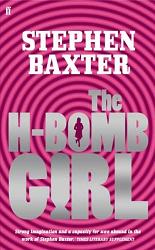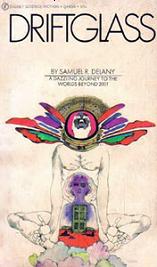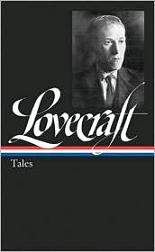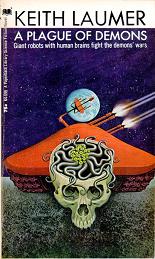The Locus Magazine 2008 recommended reading list is up, a decided on by their editors, reviewers and friends. I’ll excerpt the sf novels list:
- Matter, Iain M. Banks (Orbit UK)
- Flood, Stephen Baxter (Gollancz, Roc ’09)
- Weaver, Stephen Baxter (Gollancz, Ace)
- City at the End of Time, Greg Bear (Gollancz, Del Rey)
- Incandescence, Greg Egan (Gollancz, Night Shade)
- January Dancer, Michael Flynn (Tor)
- Marsbound, Joe Haldeman (Ace)
- Spirit, Gwyneth Jones (Gollancz)
- Escapement, Jay Lake (Tor)
- Song of Time, Ian R. MacLeod (PS Publishing)
- The Night Sessions, Ken MacLeod (Orbit)
- The Quiet War, Paul McAuley (Gollancz)
- The Company, K. J. Parker (Orbit)
- House of Suns, Alastair Reynolds (Gollancz, Ace ’09)
- Pirate Sun, Karl Schroeder (Tor)
- Anathem, Neal Stephenson (Atlantic UK, Morrow)
- Saturn’s Children, Charles Stross (Orbit, Ace)
- Rolling Thunder, John Varley (Ace)
- Half a Crown, Jo Walton (Tor)
- Implied Spaces, Walter Jon Williams (Night Shade Books)
Of the list, I’ve already read Matter, Anathem and Saturn’s Children and will definately read The Night Sessions, Half a Crown, House of Suns, Implied Spaces and The Quiet War. The Company, Escapement and Song of Time are also possibilities; the rest not so much and I already know I won’t read the Baxter novels. In all, a good list and as far as I can judge a good overview of the more important novels of last year.
There are remarkable few women on this list, just Gwyneth Jones, Jo Walton and K. J. Parker. The fantasy list has a better gender divide: six out of eighteen novels are by female authors. Is science fiction really such a male preserve?



